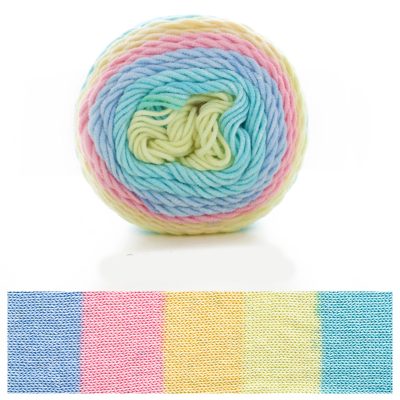Biodegradability: Jute is a natural fiber derived from the jute plant (Corchorus olitorius and Corchorus capsularis). Unlike synthetic fibers, jute is biodegradable, which means it can decompose naturally over time without leaving behind harmful microplastics or contributing to long-term environmental pollution.
- Renewable Resource: Jute is a renewable resource because it comes from the jute plant, which is an annual crop. Jute plants can be harvested within 4-6 months, making it a rapidly renewable source of fiber.
- Minimal Chemical Use: Jute cultivation typically requires fewer pesticides and synthetic fertilizers compared to some other crops. This can lead to reduced chemical runoff and less harm to the environment.
- Carbon Sequestration: Jute plants are known for their ability to absorb a significant amount of carbon dioxide during their growth. This can contribute to carbon sequestration and help mitigate greenhouse gas emissions, which is especially important in the context of climate change.
- Soil Improvement: Jute cultivation can help improve soil quality. The deep-rooted jute plants can prevent soil erosion and promote soil health by adding organic matter to the soil when their remains decompose after harvest.
- Reduced Energy Use: The processing of jute fibers typically requires less energy compared to the production of synthetic fibers like polyester or nylon, which are derived from petrochemicals.
- Low Water Footprint: Jute plants are relatively drought-resistant and do not require excessive water for cultivation compared to some other crops like cotton. This lower water footprint can be beneficial in regions facing water scarcity issues.
- Versatility: Jute fibers can be used in a wide range of applications, including textiles, home decor, packaging materials, and industrial products. Its versatility means it can replace less sustainable materials in various industries.
Despite its many environmental benefits, it’s important to note that the environmental impact of jute yarn can vary depending on several factors, including:
- Agricultural Practices: The environmental impact of jute cultivation can be influenced by the specific farming practices used, such as the use of chemical fertilizers and pesticides. Organic jute farming practices can further reduce environmental impacts.
- Processing Methods: The environmental impact of jute processing can be influenced by the efficiency and sustainability of the methods used. Modern, energy-efficient processing techniques can minimize resource use.
- Transportation: The carbon footprint associated with jute products can vary depending on where they are grown, processed, and transported. Products with a shorter supply chain tend to have a lower overall carbon footprint.
- End-of-Life Disposal: While jute is biodegradable, the disposal methods used for jute products can affect their environmental impact. Proper composting or recycling of jute products can maximize their sustainability.
In summary, jute yarn is generally considered to have a lower environmental impact compared to many synthetic fibers, but its true sustainability depends on various factors, including farming practices, processing methods, transportation, and end-of-life disposal. Choosing jute products and supporting sustainable practices in its production and use can help maximize its environmental benefits.
























